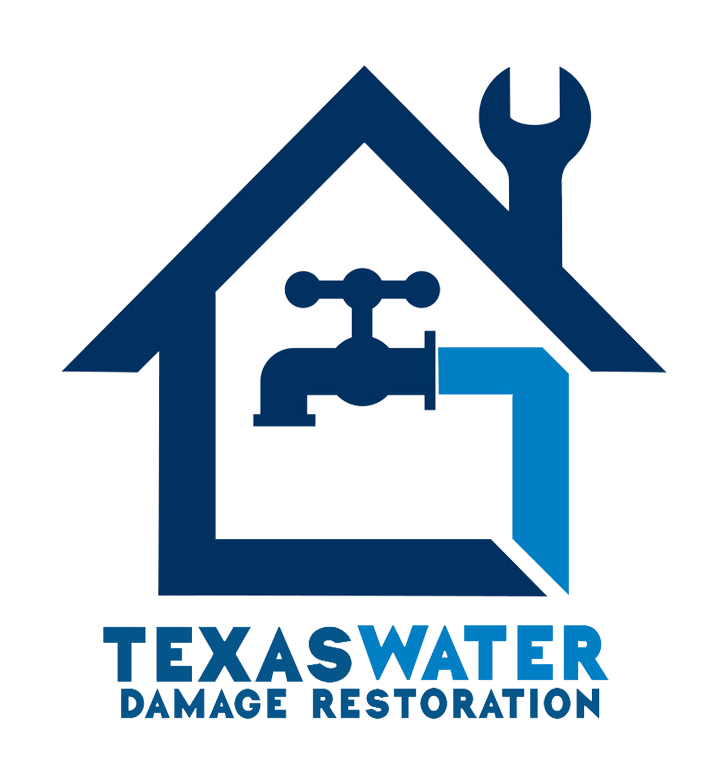Fire Damage Repair
Request Service Now
Request A Free Evaluation Now or Call (833) 365-6154.
We’re ready to respond.
OUR SERVICES
TEXAS WATER DAMAGE RESTORATION
Emergency Water Damage Restoration
Fire Damage Repair
Mold Removal
Flood Damage
Plumbing Overflow
Burst And Frozen Pipe Repair
Smoke Damage Removal
Commercial Cleaning And Restoration

24 Hour Emergency Damage Services In Texas
CALL THE TEXAS WATER DAMAGE RESTORATION PROS
Request Service Now
Frequently Asked Questions
It is a fact that the cost of fire damage repair varies depending on a variety of factors. These can include how long it takes to repair, what materials are needed for the job, and other costs associated with bringing property back up to code after repairs. The exact amount can only be determined by an assessment from a qualified contractor or specialist.
One factor affecting the cost of fire damage repair services is the extent of the damage caused. If walls need repainting, floors replaced or carpentry work done these will all add to the overall bill. Other considerations such as insurance coverage, demolition of damaged sections and reconstructing them may also increase expenses. To get an accurate estimate, contact several contractors for quotes and compare their prices before making any decisions.
In terms of money spent, here’s a breakdown: 1) Labor – this includes paying workers who do manual labor tasks like painting walls and replacing floorboards; 2) Materials – items like lumber, nails and paint used in construction projects; 3) Equipment rental – renting heavy machinery such as bulldozers or cranes which might be required for certain jobs; 4) Permits – some municipalities require permits when doing major renovations after a fire event.
Comparing estimates from multiple service providers is essential to finding the best value for your money when dealing with fire damage repair services. It is important to ensure you understand every aspect of what each quote covers so you have peace of mind knowing exactly what you’re getting for your investment.
It is a fact that the cost of fire damage repair varies depending on a variety of factors. These can include how long it takes to repair, what materials are needed for the job, and other costs associated with bringing property back up to code after repairs. The exact amount can only be determined by an assessment from a qualified contractor or specialist.
One factor affecting the cost of fire damage repair services is the extent of the damage caused. If walls need repainting, floors replaced or carpentry work done these will all add to the overall bill. Other considerations such as insurance coverage, demolition of damaged sections and reconstructing them may also increase expenses. To get an accurate estimate, contact several contractors for quotes and compare their prices before making any decisions.
In terms of money spent, here’s a breakdown: 1) Labor – this includes paying workers who do manual labor tasks like painting walls and replacing floorboards; 2) Materials – items like lumber, nails and paint used in construction projects; 3) Equipment rental – renting heavy machinery such as bulldozers or cranes which might be required for certain jobs; 4) Permits – some municipalities require permits when doing major renovations after a fire event.
Comparing estimates from multiple service providers is essential to finding the best value for your money when dealing with fire damage repair services. It is important to ensure you understand every aspect of what each quote covers so you have peace of mind knowing exactly what you’re getting for your investment.
When it comes to fire damage repair, finding the right contractor can be a daunting task. It is important for homeowners and business owners alike to ensure that they are dealing with a reputable company whose services will meet their needs and expectations. This article outlines some of the steps necessary for locating a trustworthy fire damage repair service provider.
The first step in selecting an appropriate company is to determine whether or not they have experience in dealing with similar types of repairs. Homeowners should ask potential companies about their past projects and inquire as to how successful these jobs were completed. Additionally, reviews from previous customers may help guide decision making when choosing among different contractors. Business owners should research what certifications each contractor holds and if they are insured adequately against any damages caused by them during the course of work.
Finally, individuals should assess the cost of services versus the quality that is received. Most companies will provide estimates upfront which can assist people in gauging whether or not they are getting adequate value for their money. Comparing quotes between various providers could prove beneficial to those considering multiple options prior to settling on one particular contractor. In sum, researching thoroughly before committing to a specific service provider is advised when it comes to tackling fire damage repair tasks effectively.
It is a legitimate concern to question whether being exposed to the aftermath of fire damage can lead to long-term health risks. To address this issue, it is important to recognize that the potential for such risk depends on several factors. For instance, if smoke and soot have accumulated in an indoor environment due to a fire, breathing in these particles could cause asthma or other respiratory issues.
The type of materials burned during a fire also makes a difference when considering any long-term health risks associated with exposure. If toxic substances were present among the burning material, then there may be additional threats over time as those toxins are released into the air through smoke and ash. Furthermore, even after a professional cleanup has occurred following a fire incident, certain levels of residual contamination may remain which puts people at risk of developing various illnesses down the road.
Therefore, while some individuals may not encounter any discernible effects from coming in contact with fire damage repair sites and related debris, others might experience serious medical conditions later on depending on the extent of their exposure and what was actually involved in the blaze itself. In light of this information, it is essential that anyone dealing with post-fire remediation take all necessary precautions against possible health hazards.
Finding mold in your home after a fire can be alarming, but understanding the steps to take can help you restore your home and protect yourself. Mold is an unwelcome side effect of fire damage that should be addressed with caution in order to avoid potential long-term health risks.
When dealing with post-fire mold, safety is paramount. It’s important to ensure that any necessary protective gear such as gloves, masks and eye protection are worn before beginning cleanup efforts. Additionally, it’s best to only tackle small areas at once, ventilating adequately between projects. Using fans or opening windows isn’t always enough; hiring professionals equipped with specialized filters and knowledge of hazardous materials may be necessary for larger scale cleanups.
After addressing safety issues and removing damaged drywall, flooring or other materials where mold was found, disinfectant solutions should also be applied to prevent further growth. Disinfectants like bleach diluted in water can kill existing spores while anti-fungal sprays target regrowth over longer periods of time. However, if there are large amounts of visible mold present or suspected hidden pockets behind walls or under floors, professional remediation services might be required to fully eradicate all traces of fungal contamination from the area.
Taking these precautions and acting swiftly when discovering post-fire mold will help keep you and your family safe while allowing you get back on track towards restoring your property’s former condition.
The consequences of a fire can be devastating and the process of recovery from such an event is often lengthy. In order to prevent any future fires, it is important to take certain precautions in advance. Firstly, one should ensure that all potential sources of ignition are removed or made inaccessible. This includes items like cigarettes, matches, lighters, and faulty electrical wiring or appliances. Secondly, proper maintenance of flammable materials must be conducted regularly; these include combustible liquids, furniture fabric upholstery, and loose debris. Thirdly, regular inspection of fire safety equipment should also be done; this includes smoke detectors and extinguishers. Lastly, appropriate measures should be taken to control dust accumulation which could act as fuel for a fire if ignited.
Utilizing parallelism while writing can evoke an emotional response from the audience at the start: by understanding how serious a fire can be we commit ourselves to taking proactive steps to avert disaster before it occurs; by recognizing how potentially catastrophic a fire can become we make sure our home environment is safe for everyone living there.
To protect against possible fires one should adhere to these four necessary steps: removing all potential sources of ignition; conducting regular maintenance for flammable materials; inspecting fire safety equipment periodically; and controlling dust accumulation effectively. Good housekeeping practices will go a long way in ensuring that your family remains secure and protected from harm’s way due to unintentional acts of negligence with regards to preventing fires. Taking precautions now will help you avoid costly repairs later on down the road – not just financially but emotionally too!
Conclusion
The fire damage repair process is a complex and expensive undertaking. It takes time to assess the full extent of the damage, find a reliable contractor, eliminate any long-term health risks associated with fire exposure, and prevent future fires from occurring. As daunting as it may seem at first, proper planning and diligence can help reduce costs while ensuring safety for everyone involved in the process.
When dealing with fire damage, allusion should be made to the importance of prevention. Taking measures such as installing smoke alarms or using fire extinguishers can go a long way towards reducing risk and limiting possible property damages. Furthermore, regularly inspecting electrical wiring and appliances helps minimize instances of electrical fires that could cause further destruction.
Ultimately, when addressing fire damage repair it is essential to understand both its immediate and lasting implications on one’s home or business. By taking proactive steps to ensure safety prior to an incident as well as obtaining professional services during repairs afterwards, individuals are more likely to restore their space back to its pre-fire condition in no time.
